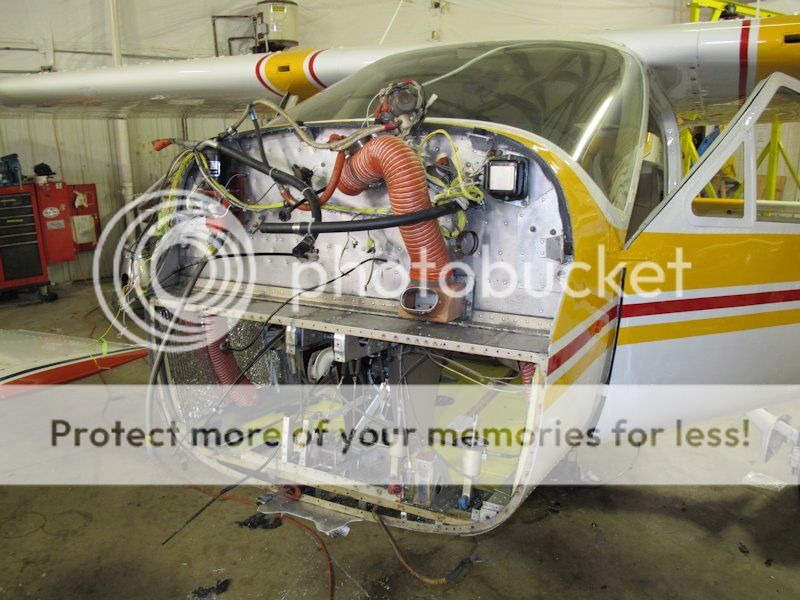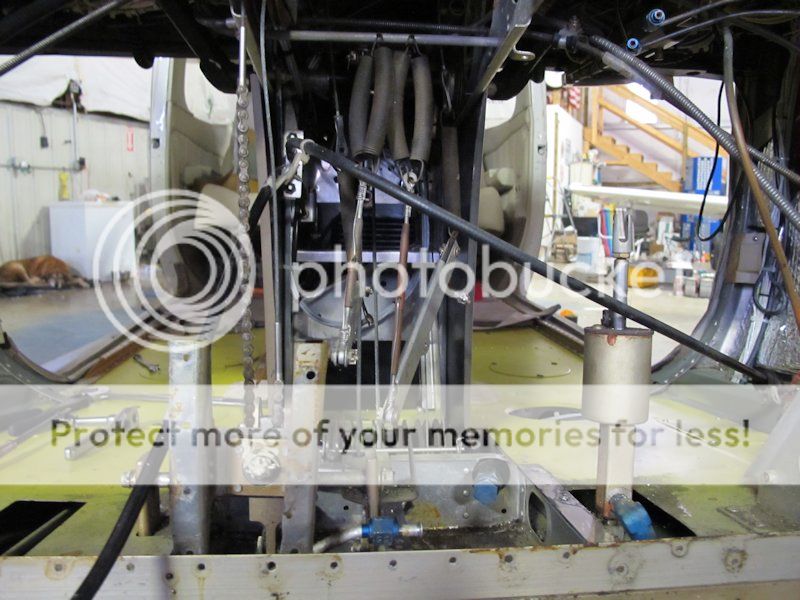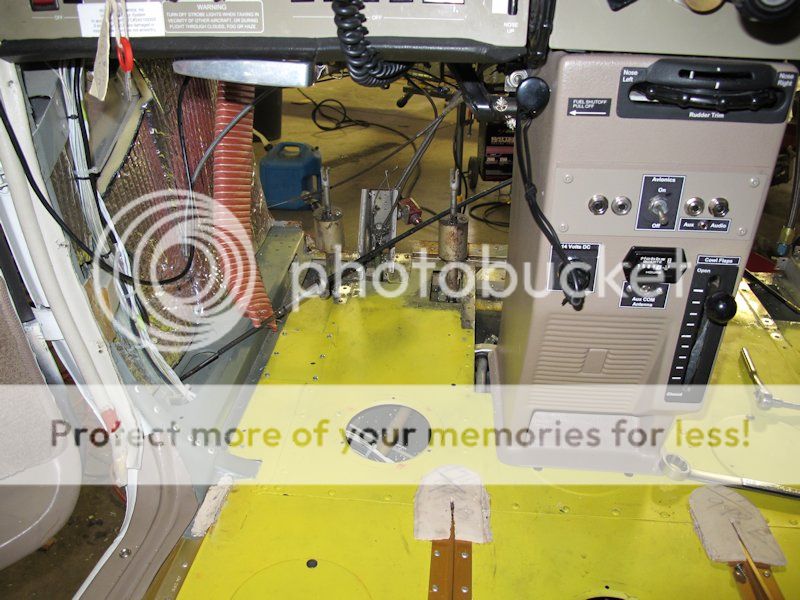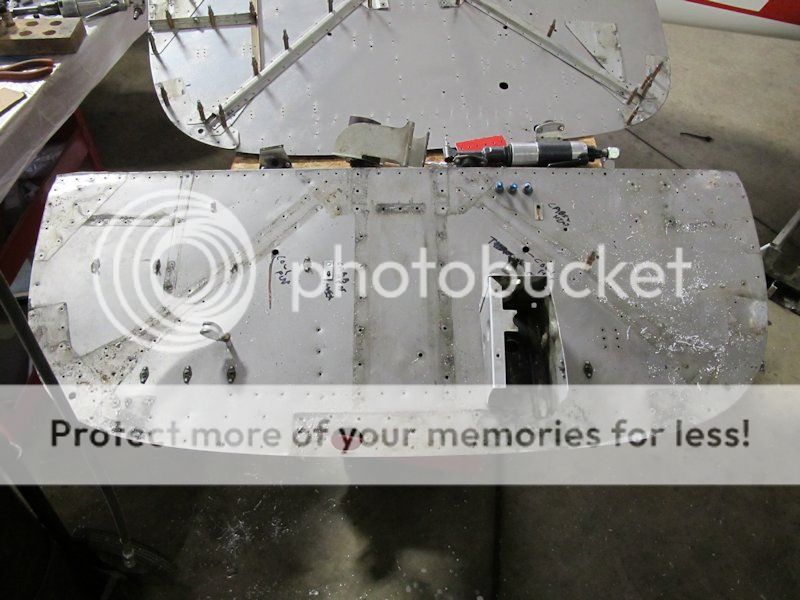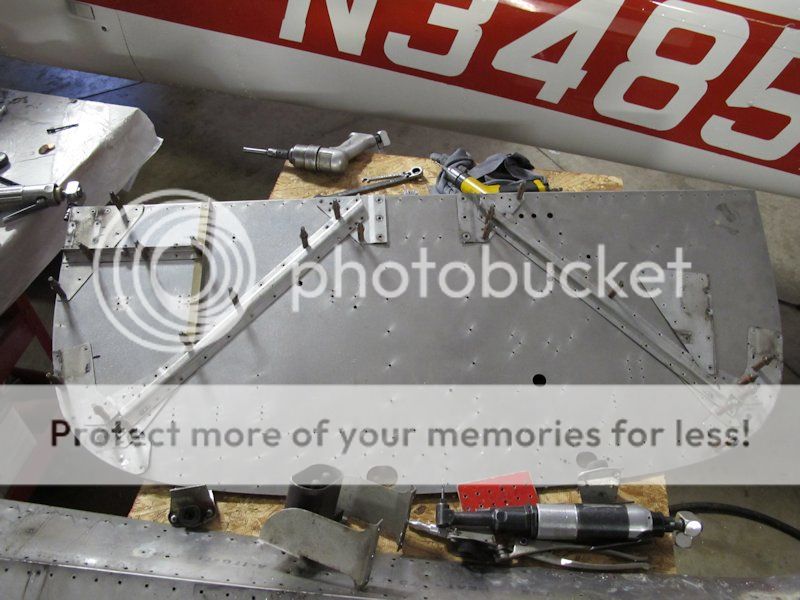Prove what? The material is easy, any lab can provide the data from the old part, measure vs measure on construction.
Read the AC.
k. Return to Service Inspection Records. The person approving or disapproving for return to service a type-certificated product must ensure that the required maintenance record entries comply with 14 CFR part 43, and therefore must include the following information:
(1) Type of inspection and a brief description of the extent of the inspection.
(2) Date.
(3) Product hours, cycles, or life limits as applicable.
(4) Signature, certificate number, and kind of certificate held by the person approving or disapproving
for return to service.
(5) The appropriate certifying statement that the product or part thereof, is approved or disapproved for return to service, as applicable.
Plus
n. Owner/Operator Produced Part. Parts that were produced by an owner/operator for installation on their own aircraft (e.g., by a certificated air carrier). An owner/operator is considered a producer of a part, if the owner participated in controlling the design, manufacture, or quality of the part. Participating in the design of the part can include supervising the manufacture of the part
or providing the manufacturer with the following: the design data, the materials with which to make the part, the fabrication processes, assembly methods, or the quality control procedures.
5. RELATED READING MATERIALS.
a. Copies of current editions of the following publications may be obtained free of charge from the U.S. Department of Transportation, Subsequent Distribution Office, Ardmore East Business Center, 3341 Q 75th Avenue, Landover, MD 20785.
(1) AC 21-13, Standard Airworthiness Certification of Surplus Military Aircraft and Aircraft Built from Spare and Surplus Parts.
(2) AC 21-20, Supplier Surveillance Procedures.
(3) AC 21-23, Airworthiness Certification of Civil Aircraft, Engines, Propellers, and Related Prod-
ucts Imported to the United States
(4) AC 21-29, Detecting and Reporting Suspected Unapproved Parts.
(5) AC 21-38, Disposition of Unsalvageable Aircraft Parts and Materials.
(6) AC 43-9, Maintenance Records.
(7) FAA Order 8000.50, Repair Station Production of Replacement or Modification Parts.
(8) FAA Order 8130.21, Procedures for Completion and Use of FAA Form 8130-3 Airworthiness
Approval Tag.
(9) FAA Order 8120.10, Suspected Unapproved Part Program.
(10) FAA Order 8120.2, Production Approval And Surveillance Procedures.
b. Copies of current editions of the following AC’s may be purchased from the Superintendent of Documents. Make check or money order payable to the Superintendent of Documents.
(1) AC 21-2, Export Airworthiness Approval Procedures.
(2) AC 21-6, Production Under Type Certificate Only.
(3) AC 21-18, Bilateral Airworthiness Agreements.
(4) AC 43.13-1, Acceptable Methods, Techniques and Practices--Aircraft Inspection and Repair. (5) AC 43.13-2, Acceptable Methods, Techniques and Practices--Aircraft Alterations.
6. DISCUSSION. The FAA continues to receive reports of replacement parts being offered for sale as aircraft quality when the quality and origin of the parts are unknown or questionable. Such parts may be advertised or presented as ‘‘unused,’’ ‘‘like new,’’ or ‘‘remanufactured.’’ These imply that the quality of the parts is equal to an acceptable part. Purchasers of these parts may not be aware of the potential hazards involved with replacement parts for which acceptability for installation on a type-certificated product has not been established.

